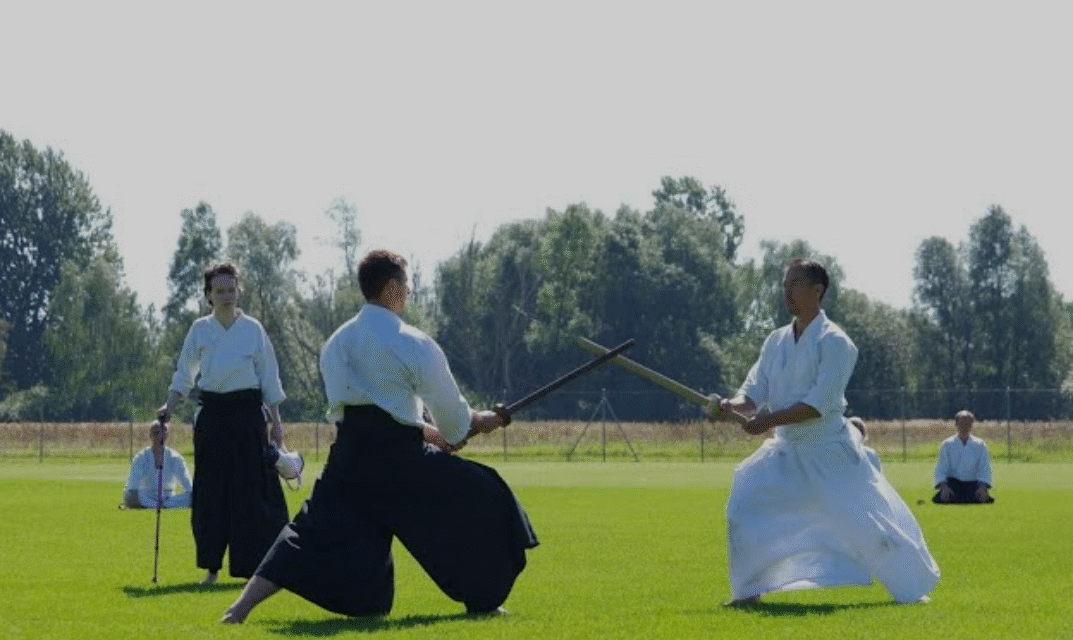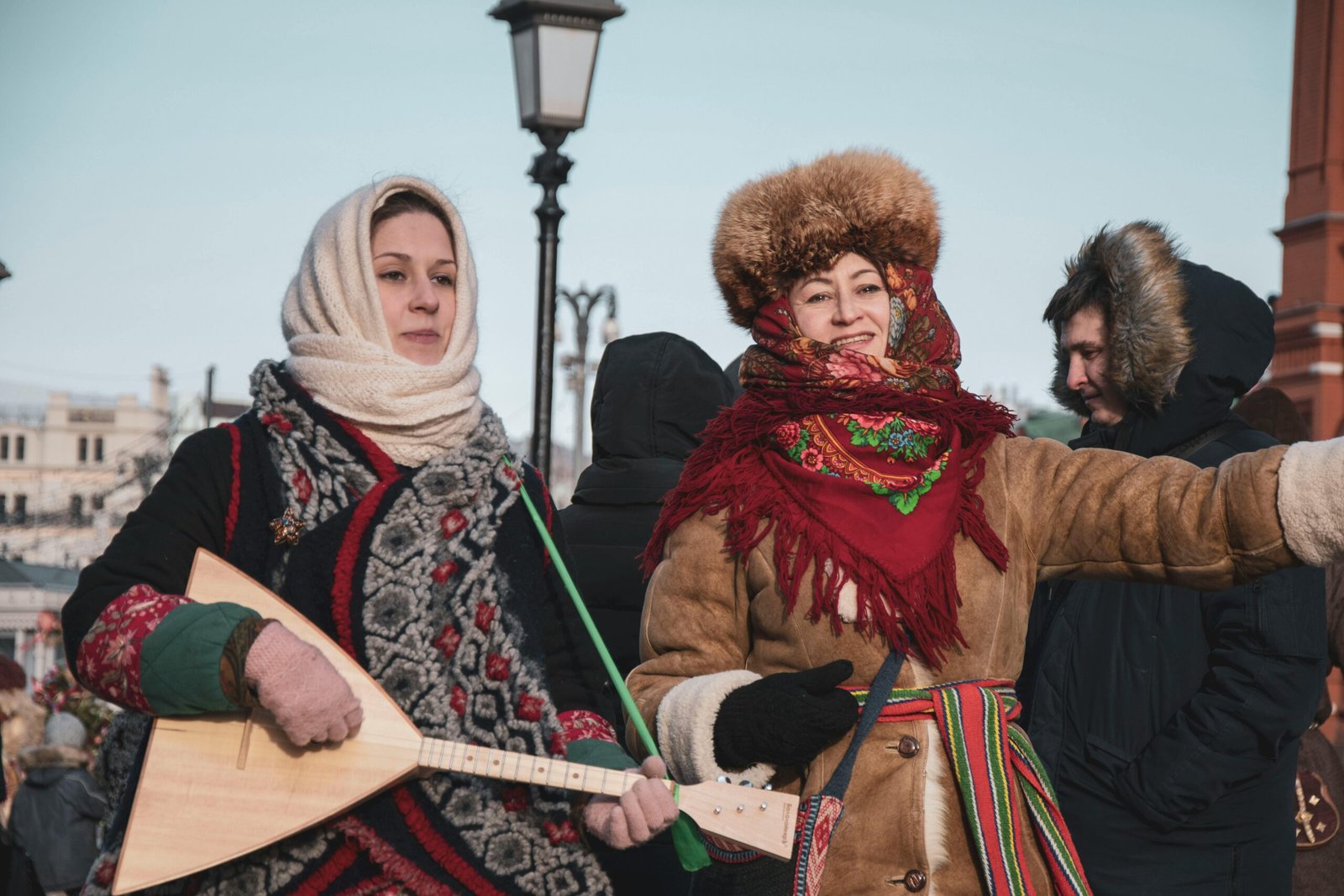At the Eastern Economic Forum in Vladivostok, I continued my conversation with Araya Takashi, head of the spiritual community in Kumano City, former commander in Japan’s Special Forces, and former director of the martial arts centre at Tokyo’s Meiji Shrine.
In Part I, we explored his life as a soldier and teacher of the samurai spirit. In Part II, Takashi revealed why he chose a different path after retiring from the army—and how he is working to build a new cultural movement in Japan.
Turning Away from Globalism
After three decades of military service, Araya reached a turning point. “My final position was commander of Special Forces,” he explained. “I saw this New World Order—and it’s not good. The Japanese government is moving down that road, and so the Japanese army follows too. I did not want to conduct such operations. So I retired. I wanted to contribute instead to Japanese culture.”
For him, the path forward lies in what he calls the “way of the samurai spirit”—a return to cultural roots, to ensure Japan does not lose itself to a system he views as dominated by globalist ideology.
A Cultural Movement
Following his retirement, Takashi set out to create cultural communities across Japan, independent of government and global influence.
“The first step,” he told me, “was to make small communities everywhere in Japan. Not based on politics, but on traditional culture—the heart and soul of Japan. Then step two: we connect these communities together. That is the power.”
These communities focus on practical independence—sharing food they produce themselves, reducing reliance on outside systems, and prioritizing cultural traditions over consumerism. What began as an experiment has now spread across Japan over nearly a decade.
“This year is the seventh,” he said. “We now connect the communities. We are learning how to live independent from the global system.”
Inspired by Putin’s Words
Takashi told me that President Vladimir Putin’s speech about goblisim resonated strongly with his mission. Putin declared that the era of a single global order was over, and a new one—based on respect for each country’s traditions—was beginning.
“That is a very good idea,” Takashi said. “It is a big chance for Japan.”
Building for the Next 10 Years
When I asked him how much longer would it take for his cultural movement to truly challenge globalist influence in Japan, Takashi was clear: “Ten years.”
He believes that within a decade, Japan could witness the rise of a cultural force strong enough to redirect the country’s identity toward its heritage.
Looking to Russia and China
On Japan’s relationship with its neighbours, Takashi was hopeful. “Maybe we will make a good relationship in the future,” he said. For him, the obstacles are not cultural but political—outside influences, particularly from the United States, that shape Japan’s policies.
But through culture and community, he believes change is possible.
A Vision of Renewal
As our conversation ended, I was struck by Takashi’s conviction. Disillusioned with the direction of Japanese politics, he has turned instead to the spiritual and cultural renewal of his people. His work is not about resisting the outside world through anger, but about preserving the heart of Japan through community, tradition, and the samurai spirit.
For Takashi, the future is not written in global boardrooms—it is built in the small communities of Japan, where people share food, culture, and soul.
And he is determined to see it through.
👉 Read Part I here: Araya Takashi: Guardian of Samurai Spirit and the Living History of Japanese Martial Arts






Japan is falling apart by globalism. I belive his words are sprits changes Japanese mind, and we need to remember the old Japanese calture/spilits, back to the origin again to make Japan revive. Russian is so lucky to have Putin – he protects the country/culture very good way. In the other G7 countries, nation has to rise for protect their country because their government is too busy to follow the globalism, destroying own country. Mr.Araya is not believe that Government can’t change Japan better. He decided to change Japan from nation. So I am following his paths for make Japan good coutnry again 🙂
When I met with him I found a man who was calm and clear of mind he is a great inspiration to anyone lost in a world ran by elites in the shadows.